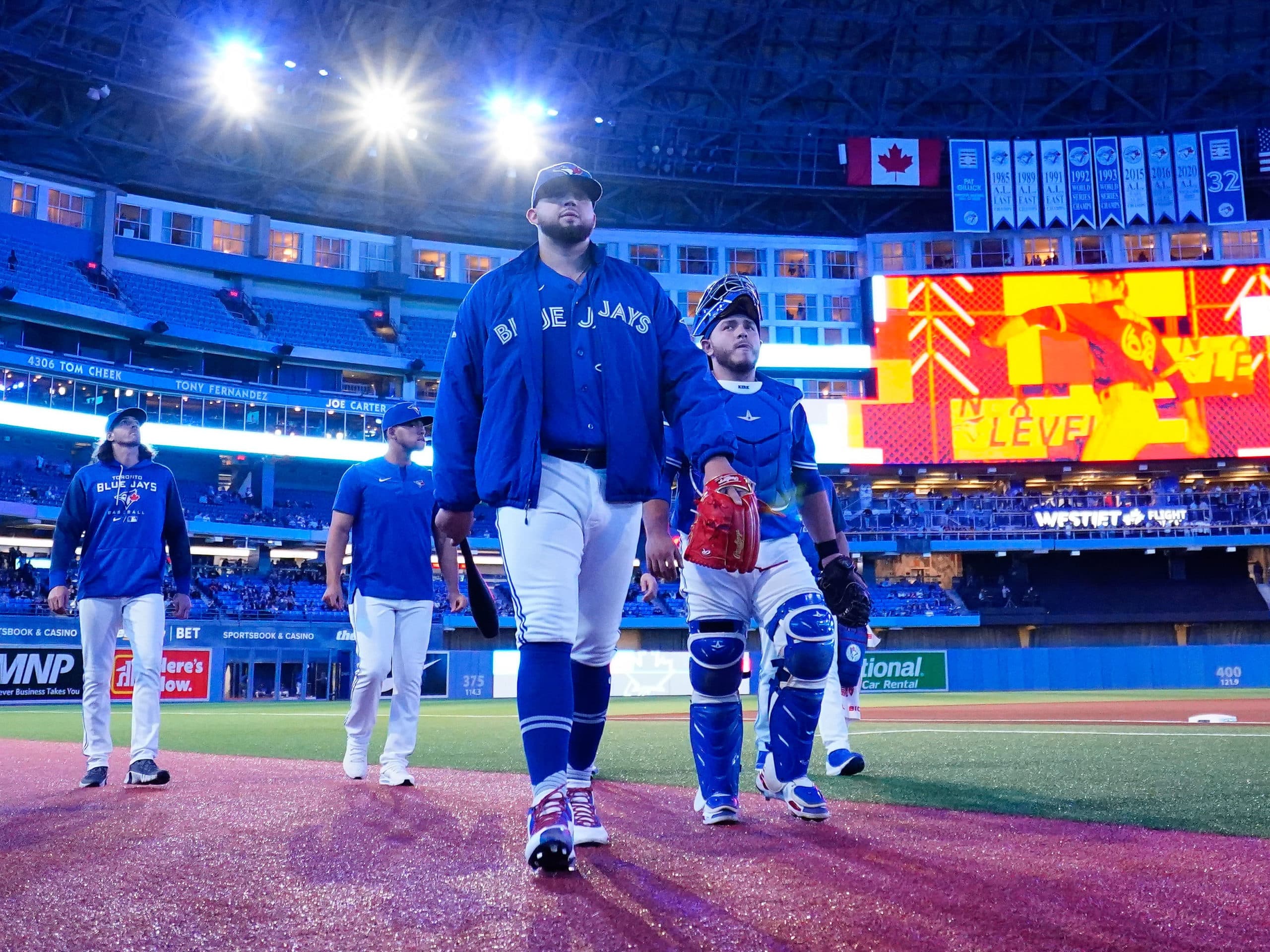Where Does Alek Manoah Stand Among Baseball’s Elite?
Photo credit: John E. Sokolowski-USA TODAY Sports
By Tate Kispech
Dec 4, 2022, 11:00 EST
Keep scrolling for the next article
Breaking News
- MLB betting preview (May 8): Blue Jays vs. Angels predictions
- Tracking four bats the Blue Jays pursued this winter: Early 2025 results
- An overview of how Blue Jays catcher Alejandro Kirk is faring after signing his extension
- Instant Reaction: Blue Jays collapse in the ninth and get walked off by Angels
- Under the Radar Blue Jays prospects: Braydon Fisher
